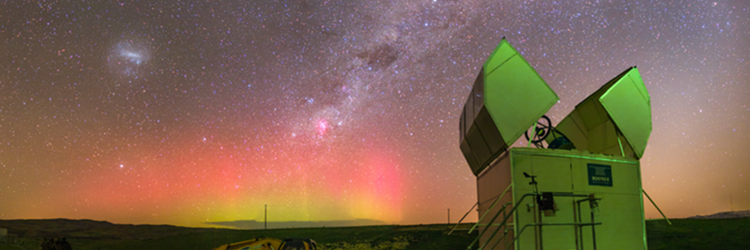Network of Robotic Telescopes on Five Continents
Spain is the first country to lead a global network of autonomous observatories. The BOOTES network performs space surveillance and the study of transient cosmic phenomena. The U.S. and Russia, among others, have similar projects that are not yet complete.
It took 25 years to bring the network live. They installed the first station in 1998 at INTA (Arenosillo, Huelva). Today, it is the first robotic network with a presence on all continents, according to Alberto J. Castro-Tirado, a scientist at IAA-CSIC acting as Principal Investigator since the beginning.
The network’s main objective is to rapidly and autonomously observe transient sources, astrophysical objects that do not present a permanent emission. They emit light briefly, intensely, and suddenly. BOOTES provides an automated response in real time that allows for characterization.
A network of very fast-pointing robotic telescopes is an ideal complement to satellite detection. BOOTES will also track and monitor neutrino sources and objects that emit gravitational waves, comets, asteroids, variable stars or supernovae, and potentially dangerous objects that may threaten the planet.
BOOTES contributed in 2020 to the identification of a short-duration radio burst-producing source in the Milky Way, published in three papers in Nature. In 2021, BOOTES also contributed to the research of different pulses in the giant magnetic flare of a neutron star. In just a tenth of a second, a magnetar released an energy equivalent to that produced by the Sun in a hundred thousand years.
There are four stations in the northern hemisphere and three in the southern hemisphere. At least one telescope will always cover the northern and southern skies, making it highly efficient in detecting transient sources.

